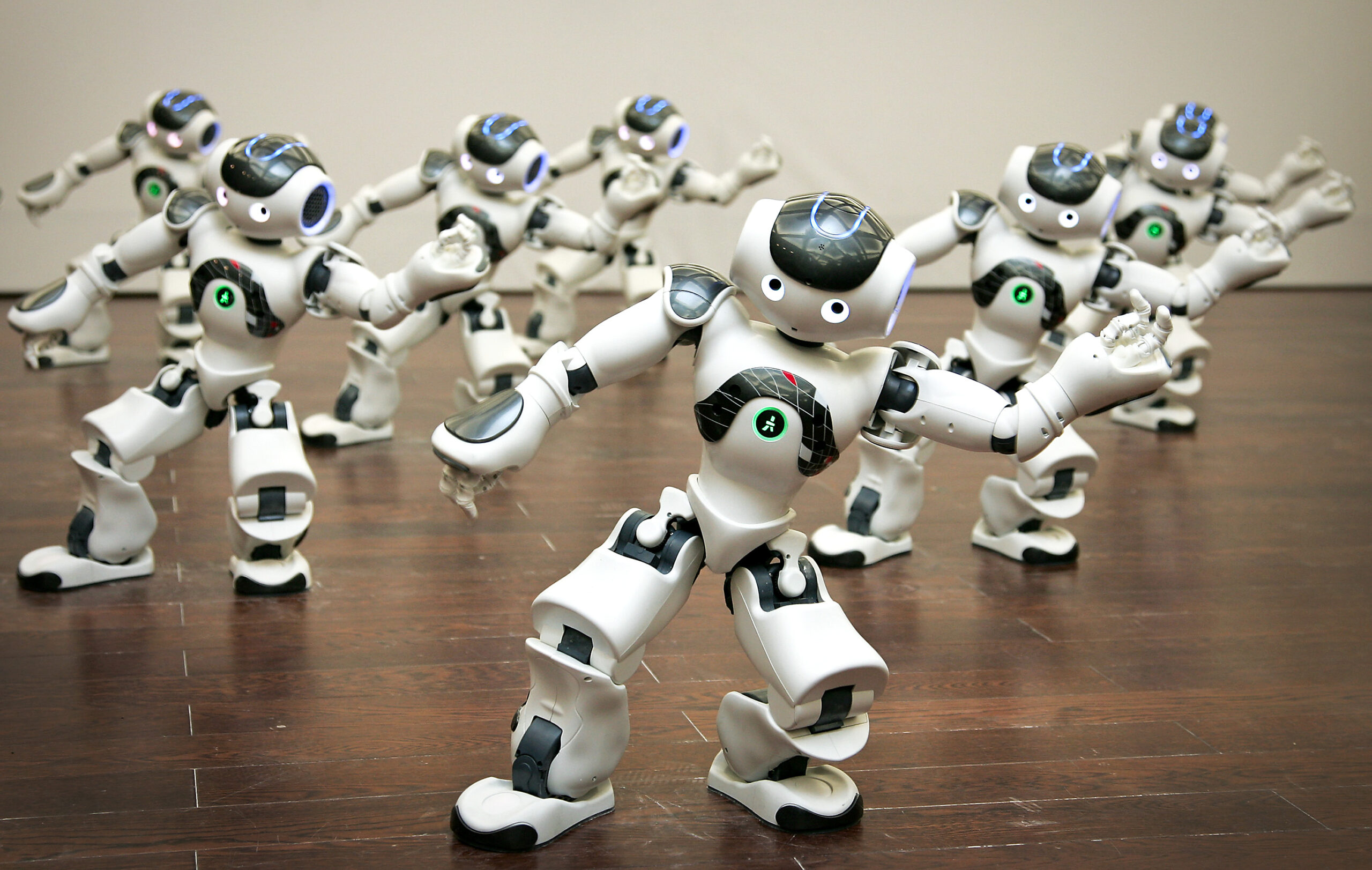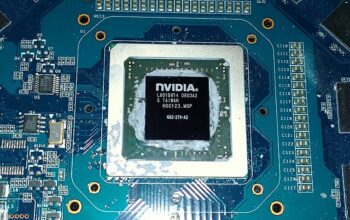In a field on the outskirts of Kyiv, the founders of Vyriy, a Ukrainian drone company, were recently at work on a weapon of the future.
To demonstrate it, Oleksii Babenko, 25, Vyriy’s chief executive, hopped on his motorcycle and rode down a dirt path. Behind him, a drone followed, as a colleague tracked the movements from a briefcase-size computer.
Until recently, a human would have piloted the quadcopter. No longer. Instead, after the drone locked onto its target — Mr. Babenko — it flew itself, guided by software that used the machine’s camera to track him.
The motorcycle’s growling engine was no match for the silent drone as it stalked Mr. Babenko. “Push, push more. Pedal to the metal, man,” his colleagues called out over a walkie-talkie as the drone swooped toward him. “You’re screwed, screwed!”
If the drone had been armed with explosives, and if his colleagues hadn’t disengaged the autonomous tracking, Mr. Babenko would have been a goner.
Vyriy is just one of many Ukrainian companies working on a major leap forward in the weaponization of consumer technology, driven by the war with Russia. The pressure to outthink the enemy, along with huge flows of investment, donations and government contracts, has turned Ukraine into a Silicon Valley for autonomous drones and other weaponry.

















